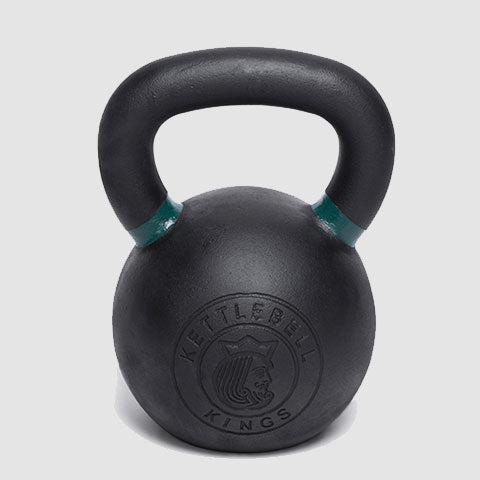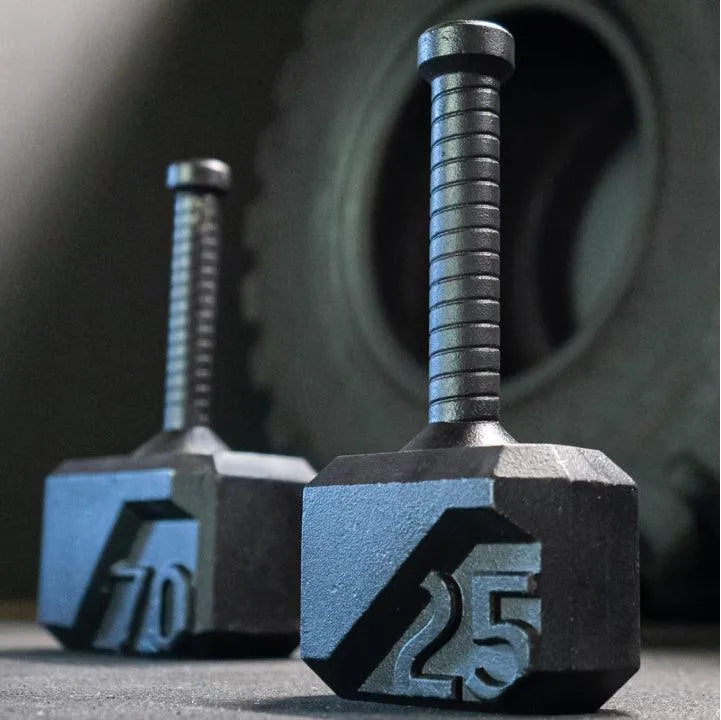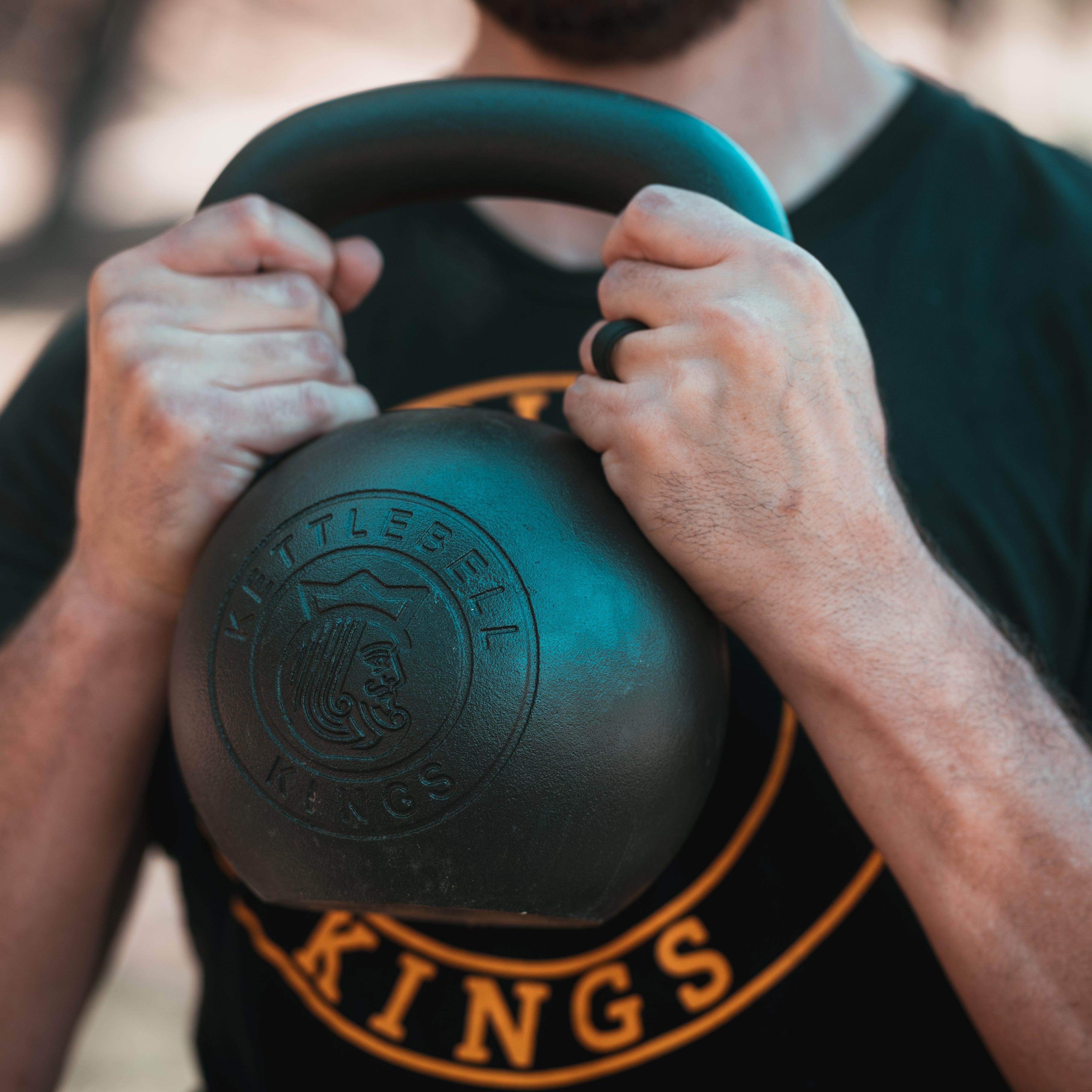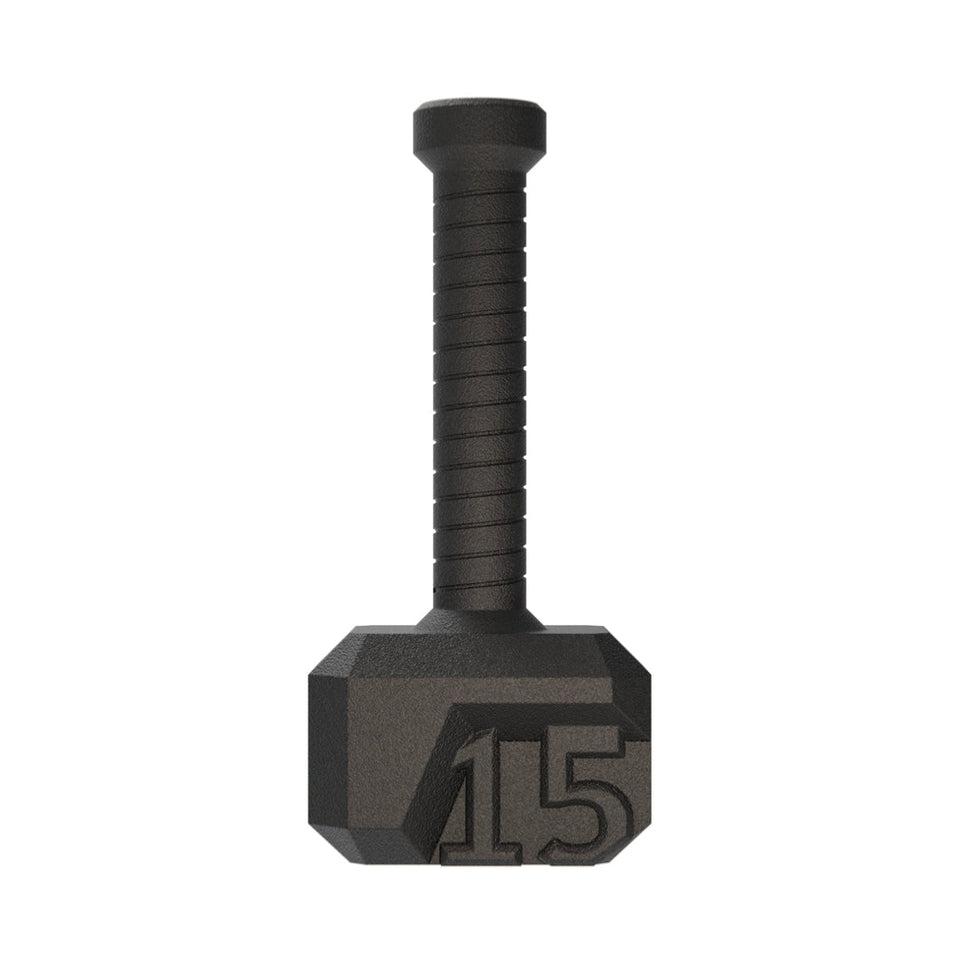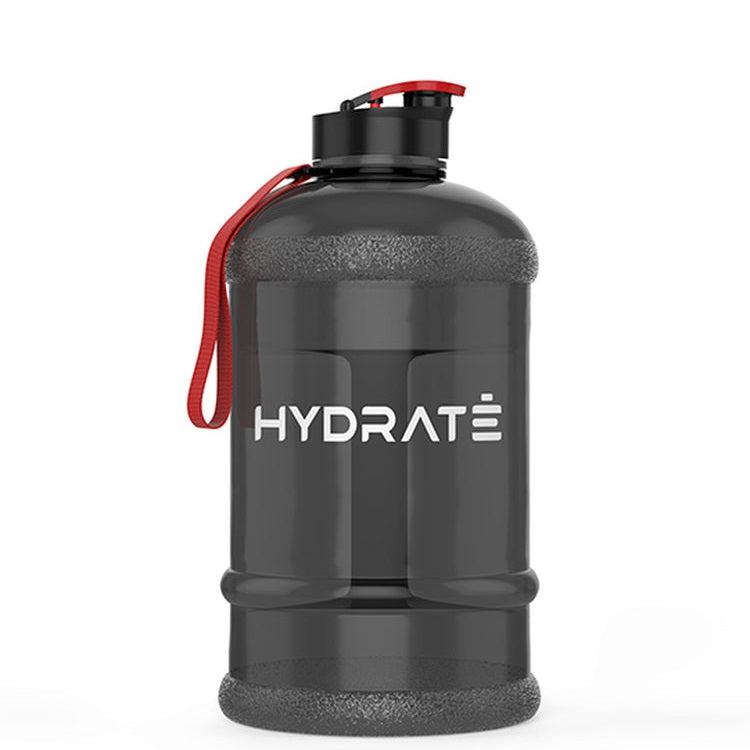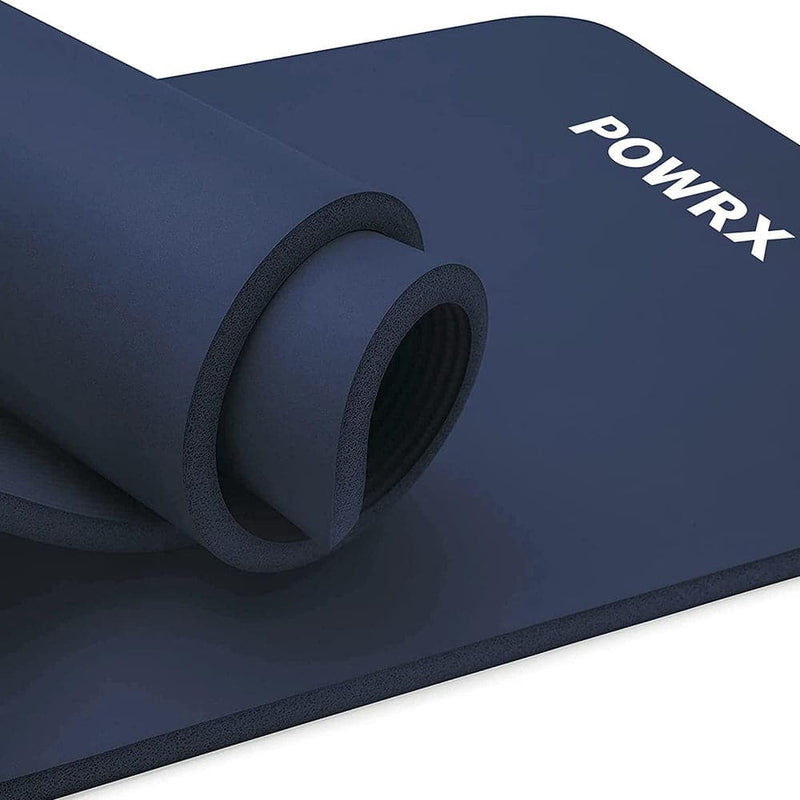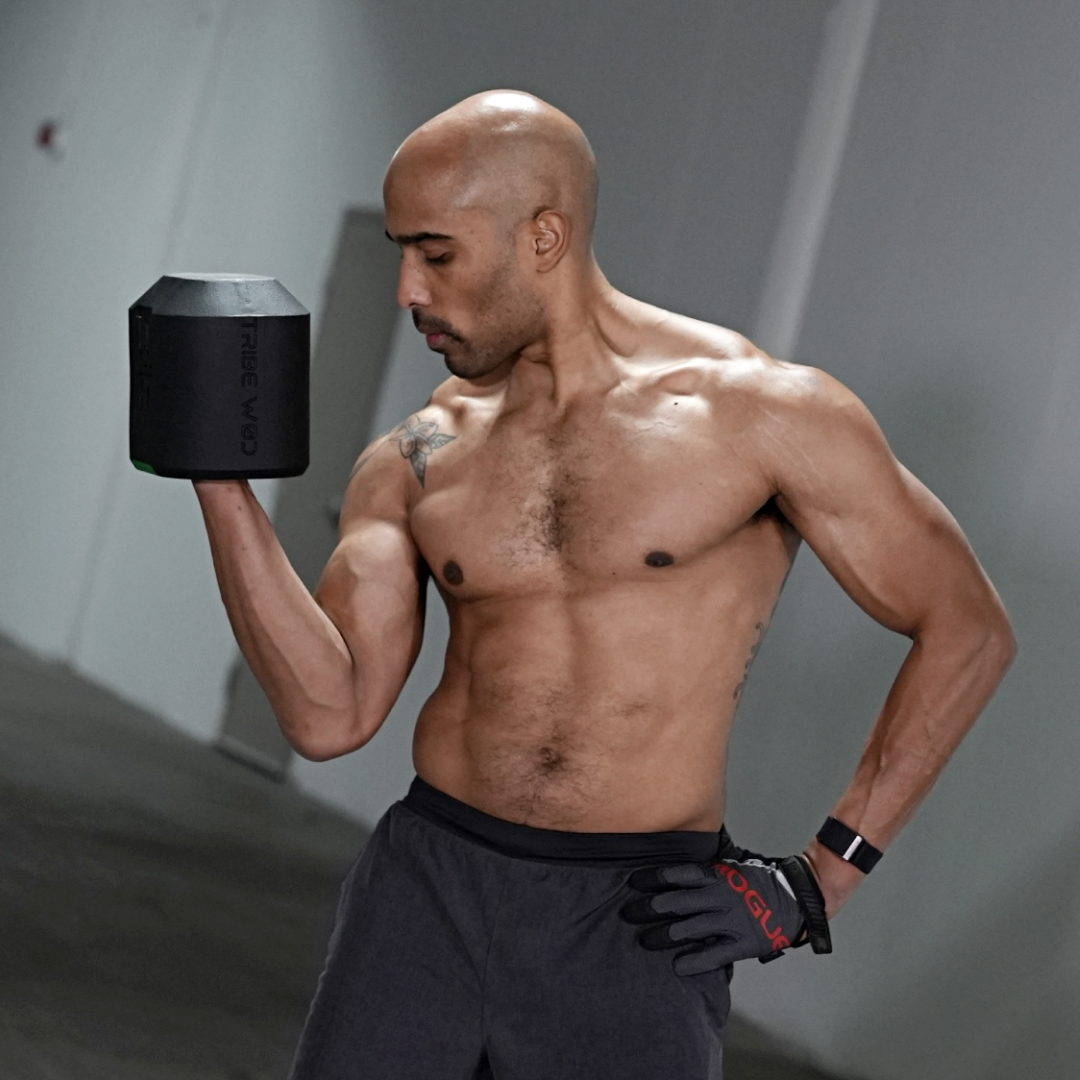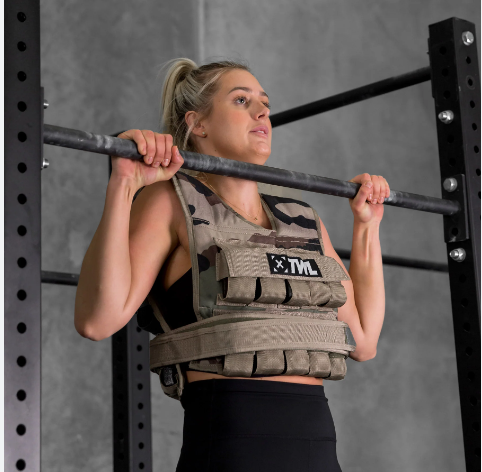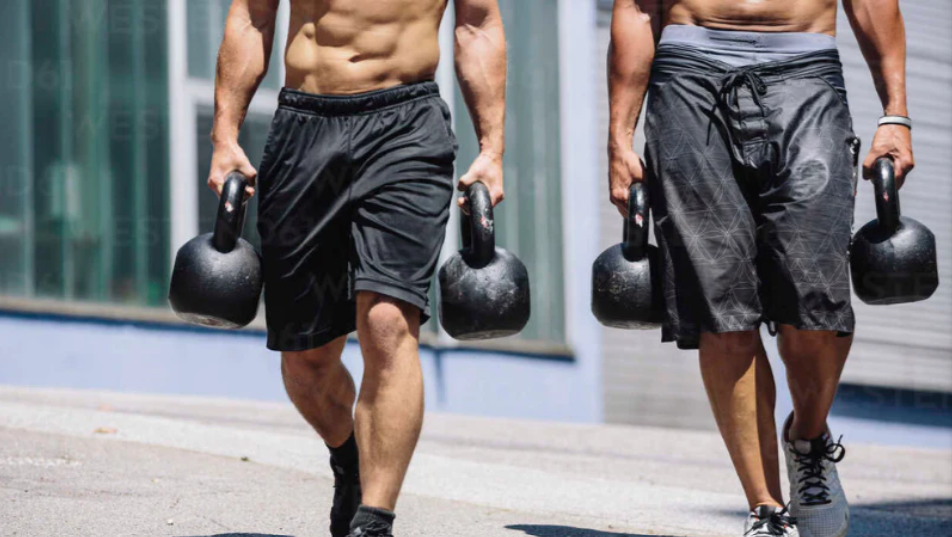Are you looking to take your pull-up game to the next level? If you're ready to challenge your muscles and push your limits, then incorporating weighted vest pull-ups into your workout routine could be the game-changer you've been searching for.
In this article, we'll explore the benefits of weighted vest pull-ups, provide a comparison chart of different vests, and offer tips on how to maximise your gains. Whether you're a seasoned athlete or just starting your fitness journey, this article will show you how to unleash the power of weighted vest pull-ups for unparalleled upper body strength and muscle development.
Topics Covered
- Unleashing the Power of Weighted Pull-Ups
- Choosing the Right Weight Vest
- Benefits of Weighted Vest Pull-Ups
- How to Perform Weighted Vest Pull-Ups
- Muscles Trageted
- FAQs: Answering Your Burning Questions
- Conclusion
Unleashing the Power of Weighted Pull-Ups
Weighted vest pull-ups are a challenging variation of the traditional pull-up exercise, where you add additional resistance by wearing a weighted vest. This added resistance forces your muscles to work harder, leading to increased strength and muscle development in your back, arms, and shoulders. Whether you're aiming to build muscle, improve your pull-up strength, or enhance your overall fitness level, weighted vest pull-ups can help you achieve your goals more efficiently.
By engaging multiple muscle groups simultaneously, weighted vest pull-ups promote muscle growth, strength development, and functional fitness. They can be tailored to suit individuals of all fitness levels, from beginners to advanced athletes, by adjusting the weight and intensity. As a dynamic exercise, weighted vest pull-ups epitomise the principle of progressive overload, driving continual improvements in strength and athleticism over time.
By incorporating weighted vest pull-ups into your callisthenics routine, you can unlock the full potential of your upper body strength and muscle development. Whether you're aiming to build muscle, increase your pull-up strength, or enhance your overall fitness level, weighted vest pull-ups offer a challenging and effective way to achieve your goals. With the right weight vest, proper form, and consistent training, you can take your pull-up game to new heights and see significant improvements in your strength, muscle mass, and athletic performance.
Choosing the Right Weight Vest
When selecting a weight vest for pull-ups, it's essential to consider factors such as weight capacity, comfort, and durability. Look for vests with a higher weight capacity, such as those with a 300lb limit, to ensure they can accommodate your strength gains over time. Additionally, opt for vests with quick release buckles for added convenience and safety during your workouts. By investing in a quality weight vest, you can ensure a comfortable and effective workout experience.
When selecting a weight vest for pull-ups, prioritise these factors:
- Weight Capacity, Opt for vests with a higher weight capacity, like those with a 300lb limit, to accommodate your strength gains over time.
- Comfort, Look for breathable materials and adjustable straps to ensure comfort during workouts.
- Durability, Choose vests made from sturdy materials with reinforced seams for long-lasting use.
- Quick Release Buckles, Invest in vests with quick release buckles for easy adjustments and safety.
By considering these factors, you can find a weight vest that enhances your pull-up workouts effectively and comfortably.
Benefits of Weighted Vest Pull-Ups
Performing pull-ups with a weighted vest offers numerous benefits, including increased muscle engagement, improved upper body strength, and enhanced functional fitness. By adding resistance to your pull-up routine, you can target your back muscles, biceps, and forearms more effectively, leading to greater muscle activation and growth. Additionally, weighted vest pull-ups help improve grip strength, shoulder stability, and overall athleticism, making them a valuable addition to any callisthenics or strength training program.
Incorporating weighted vest pull-ups into your workout routine can yield a plethora of benefits, elevating your strength, muscle engagement, and overall fitness level. Here's a closer look at the advantages:
-
Increased Muscle Engagement
-
Improved Upper Body Strength
-
Enhanced Functional Fitness
-
Improved Grip Strength
-
Enhanced Shoulder Stability
The shoulders play a vital role in stabilising and controlling the movement during pull-ups. Weighted vest pull-ups help strengthen the muscles surrounding the shoulder joint, including the deltoids and rotator cuff muscles, leading to enhanced shoulder stability and injury prevention. By regularly performing weighted vest pull-ups, you can develop greater shoulder strength and stability, reducing the risk of shoulder injuries and improving overall shoulder health.
How to Perform Weighted Vest Pull-Ups
Performing weighted vest pull-ups effectively requires proper technique and form to maximize muscle engagement and minimize the risk of injury. Here's a step-by-step guide:
-
Prepare Your Equipment
-
Grip the Pull-Up Bar
-
Engage Your Core
-
Squeeze Your Shoulder Blades
-
Initiate the Pull-Up
-
Maintain Control
-
Lower with Control
-
Complete the Repetitions
-
Gradually Increase the Weight
By following these steps and focusing on proper technique, you can perform weighted vest pull-ups safely and effectively, maximising the benefits of this challenging exercise for upper body strength and muscle development.
MUSCLES TARGETED
Latissimus Dorsi (Lats): The primary movers during the pulling phase of the weighted pull-up.
Benefits
The latissimus dorsi muscles are the primary movers during the pulling phase of the weighted pull-up. As these large muscles in the back contract, they pull the body upward toward the bar. Performing weighted pull-ups with added resistance effectively targets and strengthens the lats, leading to increased back width and thickness.
Trapezius (Traps): Actively engaged in stabilizing the scapulae and assisting in the pulling motion.
Benefits
The trapezius muscles, particularly the upper and middle portions, play a crucial role in stabilizing the scapulae and assisting in the pulling motion during weighted pull-ups. The added resistance challenges these muscles to a greater extent, leading to improved upper back strength and definition. Strengthening the traps can contribute to better posture and shoulder stability.
Rhomboids: Stabilizes the scapulae and assists in retracting the shoulder blades during the pulling phase.
Benefits
The rhomboid muscles, located between the spine and the scapulae, stabilize the scapulae and assist in retracting the shoulder blades during the pulling phase of the weighted pull-up. By strengthening the rhomboids, you can improve scapular stability and reduce the risk of shoulder injuries. Weighted pull-ups effectively target and engage these muscles, leading to improved upper back strength and posture.
Biceps Brachii (Biceps): Assist in elbow flexion during the pulling motion.
Benefits
The biceps brachii muscles are secondary movers during the pulling phase of the weighted pull-up, assisting in elbow flexion. With the added resistance from the weighted vest, the biceps are challenged to a greater extent, leading to increased muscle activation and growth. Strengthening the biceps can contribute to improved arm aesthetics and overall upper body strength.
Forearm Muscles: Engaged to stabilize the wrists and grip the pull-up bar securely.
Benefits
Various forearm muscles, including the flexors and extensors, are engaged to stabilize the wrists and grip the pull-up bar securely during weighted pull-ups. Strengthening these muscles can enhance grip strength and forearm endurance, improving overall upper body performance and reducing the risk of grip-related injuries.
FAQs: Answering Your Burning Questions
Q.Are weighted pull-ups suitable for beginners?
A.Yes, weighted pull-ups can be suitable for beginners, but it's essential to start with lighter weights and focus on mastering proper form and technique before adding significant resistance. Beginners may also benefit from starting with assisted pull-up variations or bodyweight pull-ups to build strength before progressing to weighted pull-ups.
How do I choose the right weight for weighted pull-ups?
A. When selecting the right weight for weighted pull-ups, choose a weight that allows you to perform 8-12 repetitions with proper form, but challenges your muscles. Start with a lighter weight and gradually increase the resistance as you become stronger. It's essential to listen to your body and avoid using too much weight that compromises your form or leads to injury.
Q. Can I use a backpack instead of a weighted vest for pull-ups?
While it's possible to use a backpack with added weight for pull-ups, a weighted vest is generally more comfortable and distributes the weight more evenly across your body. However, if a weighted vest is not available, a backpack with securely fastened weight plates or other objects can be used as an alternative.
Q. How often should I incorporate weighted pull-ups into my workout routine?
A. The frequency of weighted pull-ups in your workout routine depends on your overall training program, fitness goals, and recovery capacity. For most individuals, performing weighted pull-ups 1-3 times per week, with adequate rest between sessions, is sufficient to stimulate muscle growth and strength gains. However, it's essential to listen to your body and adjust the frequency based on your individual needs and recovery abilities.
Q. Are there any alternatives to weighted pull-ups for targeting similar muscles?
A. Yes, there are several alternatives to weighted pull-ups that target similar muscle groups, including lat pull-downs, bent-over rows, and inverted rows. These exercises can be performed using free weights, resistance bands, or machines and can be effective in building upper back and arm strength. Additionally, bodyweight exercises like chin-ups and neutral-grip pull-ups can also be effective alternatives to weighted pull-ups for targeting the same muscle groups.
Conclusion
In conclusion, weighted vest pull-ups are a highly effective and challenging exercise for building upper body strength, muscle mass, and functional fitness. By incorporating weighted vest pull-ups into your workout routine, you can unleash the full potential of your pull-up strength and see significant improvements in your overall athleticism and physical performance.
Whether you're a beginner or an experienced athlete, weighted vest pull-ups offer a versatile and scalable workout option that can help you achieve your fitness goals more efficiently and effectively.

